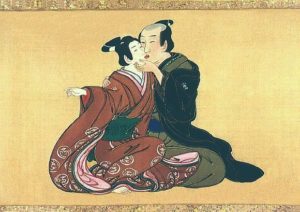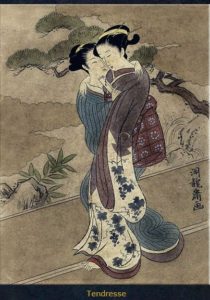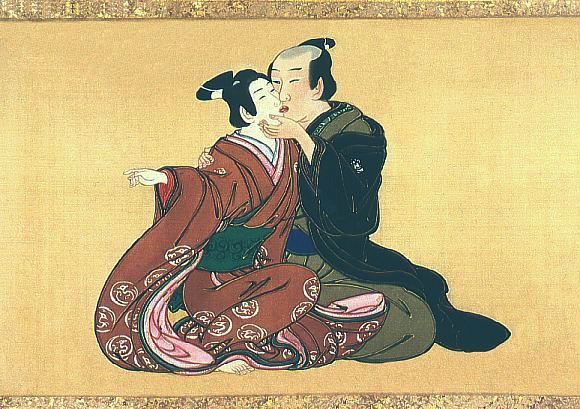This week, we take a look at the history of gay and lesbian relationships in Japan. How has the social position of homosexuality changed over time in Japanese history? What evidence can we use to “read out” the history of a non-mainstream culture?
Sources
Pflugfelder, Gregory M. Cartographies of Desire: Male-male Sexuality in Japanese Discourse, 1600-1950
Leupp, Gary P. “The Floading World Is Wide…: Some Suggested Approaches to Researching Female Homosexuality in Tokugawa Japan (1603-1868)”. Thamyris 5, No. 1 (1998)
Leupp, Gary P. Male Colors: The Construction of Homosexuality in Tokugawa Japan.
An excellent article on Nippon.com on homosexuality
Pew polling data source
Images
Note: I did not include much from the SUBSTANTIAL quantity of Tokugawa era depictions of homosexuality because most of it is erotic in nature, and that’s not really what I’m going for with this episode. It’s easy to find with a Google search if you want to see it.






Great show as always. The answer to my question might, in fact, be a podcast in and of itself, however I’m going to ask it anyway.
I’m actually surprised you didn’t talk about this in the show given how important HIV/AIDS was in gay history in much of the rest of the world.
How did Japan respond to the HIV/AIDS crisis in the 1980s? Did the crisis further stigmatize the gay community or did they use it as a rallying point to encourage LGBT people to come out and advocate for their rights. How did the Japanese government respond to the crisis? How quickly did their public health ministry respond? Did they work to educate people about HIV and quickly release money for research, development, and distribution of drugs? Does Japan work to control the spread.
Again, sorry for asking such a big question but if you want to make it into a podcast I would look forward to hearing it.
Hi Jason,
I decided not to talk about HIV/AIDS in Japan for a simple reason; it actually was a relatively small issue there. There according to UNAIDS, there are fewer Japanese citizens living with AIDS/HIV (~30,000) than there were new cases of HIV in the US in 2016 (~39,000). The biggest story I know of in terms of HIV in Japan actually has to do with hemophiliacs who contracted the disease from tainted blood imported from the US in the 1980s, thanks to lax controls by the Japanese Health Ministry. At the absolute peak of mortality rates (2004), a highball estimate would be that 500 people died in Japan. In general, to my understanding, the disease did contribute to stigma, but not to the extent it did in the US simply because there were so many fewer cases.
I’m definitely thinking of exploring HIV in the future, but probably in the context of dealing with the history and record of the Japanese governmental bureaucracy. I hope that makes sense!